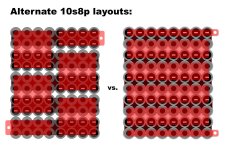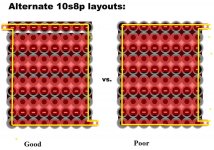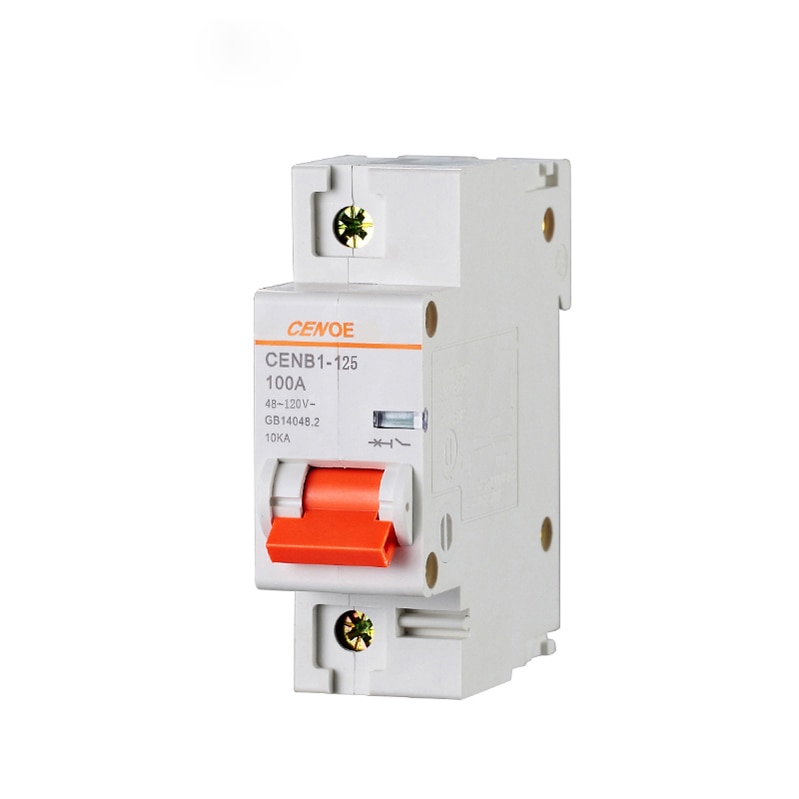MJSfoto1956
10 kW
So I'm designing a 10s8p battery pack and it has become obvious that once your matrix gets large enough there are different legitimate ways to "wire them up" using a parallel-cell/serial-string methodology. Given that the end result is the same, is there any benefit of one layout style over the other that I might be missing?
Thanks!
Michael

Thanks!
Michael






